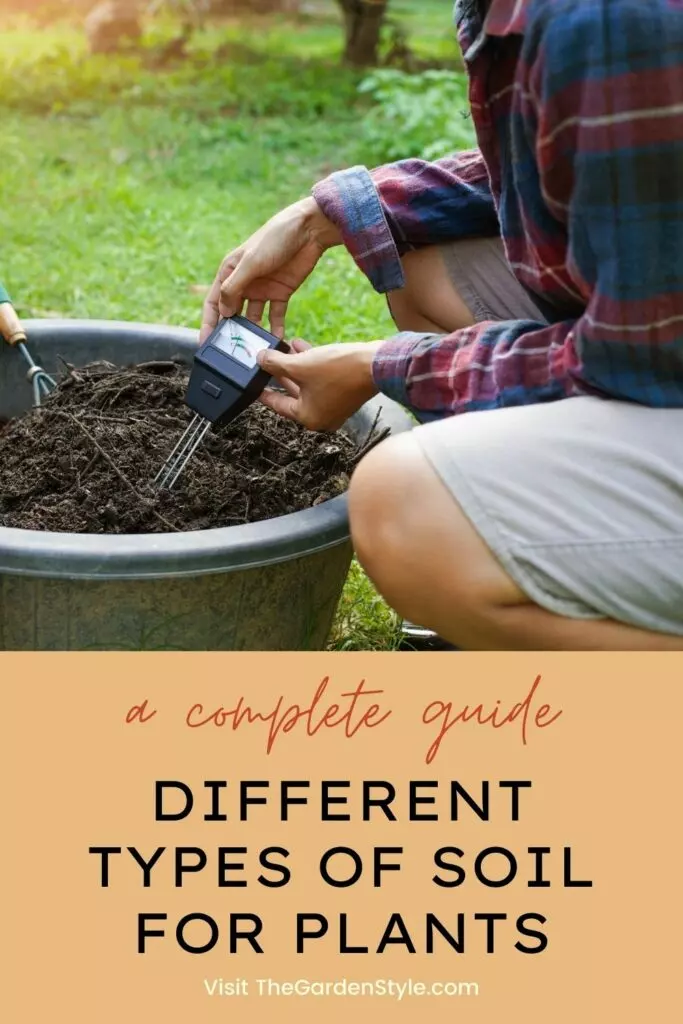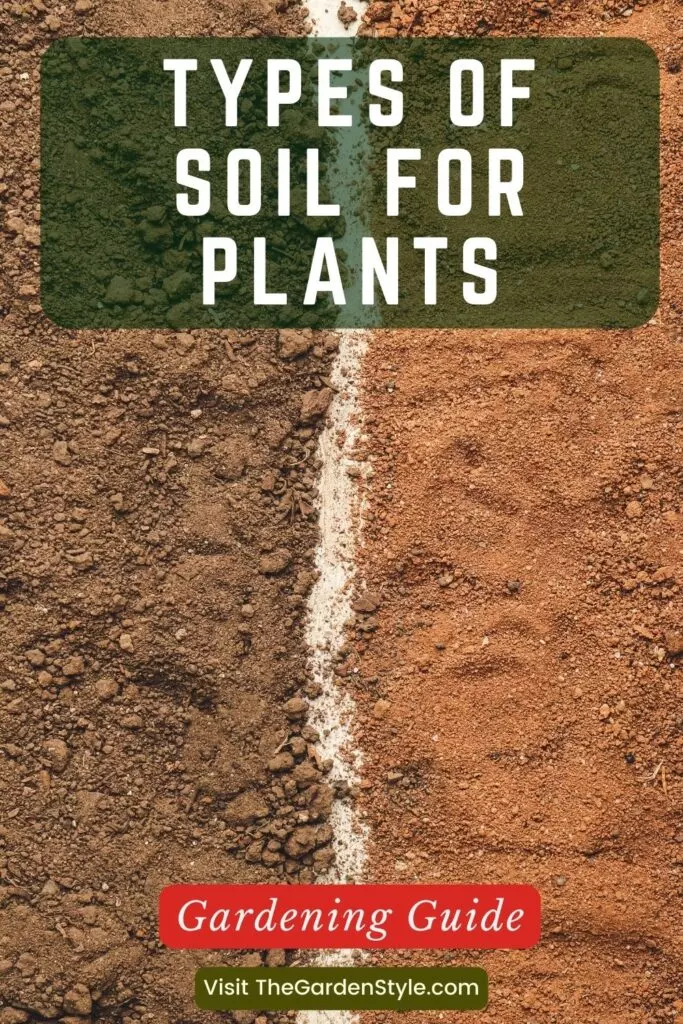Understanding the different types of soil is crucial to ensure that plants grow healthily and productively. Soil is a complex mixture of minerals, organic matter, water, and air, and different soils have unique characteristics that can impact plant growth. In this article, I will discuss the main types of soil and their properties, as well as the importance of soil pH in plant growth.
Table of Contents
Main Types of Soil
Soil types are classified based on their texture, composition, and color. In this section, I will discuss the five main types of soil: sandy soil, clay soil, loamy soil, silt soil, and peat soil. The composition and characteristics of soil can significantly impact agricultural practices, gardening, and environmental management.
Sandy Soil
Sandy soil is characterized by its large particles and low water-holding capacity. It is well-draining and warms up quickly in the spring, making it ideal for early planting. However, sandy soil is not suitable for crops that require a lot of water or nutrients as they tend to wash away quickly. Some examples of crops that grow well in sandy soil include carrots, radishes, and turnips.
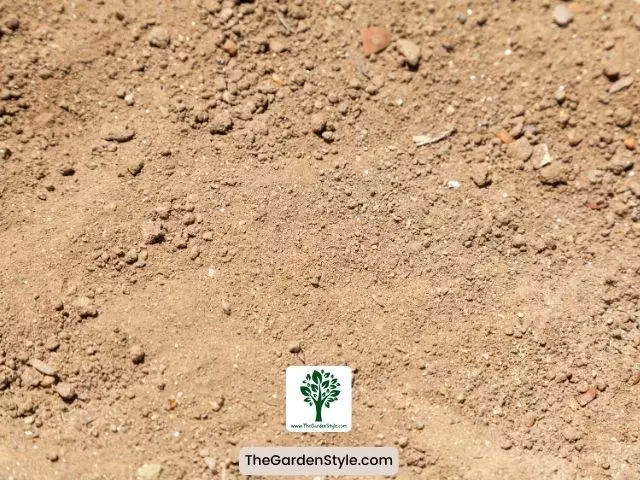
Clay Soil
Clay soil is composed of small particles and has a high water-holding capacity. It is rich in nutrients, making it ideal for growing crops that require a lot of nutrients. However, clay soil is slow to warm up in the spring and can become waterlogged, making it difficult for roots to grow. Some examples of crops that grow well in clay soil include corn, beans, and peas.
Recommended reading: How to Amend Clay Soil
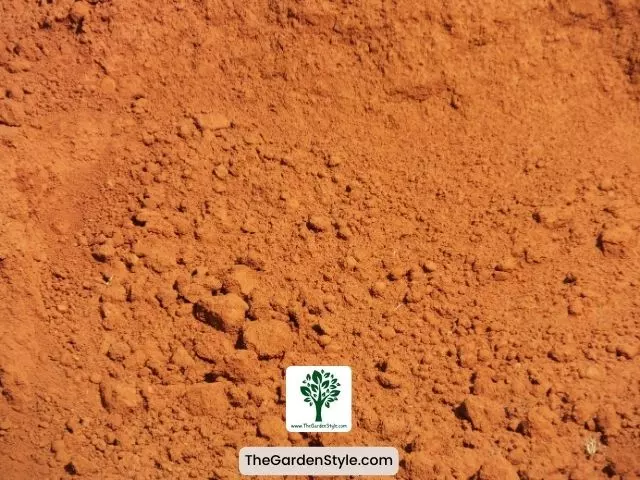
Loamy Soil
Loamy soil is characterized by containing all three major soil particles: sand, silt, and clay. It has a good water-holding capacity and is rich in nutrients, making it ideal for growing a wide range of crops. Loamy soil warms up quickly in the spring and drains well, making it easy for roots to grow. Some examples of crops that grow well in loamy soil include tomatoes, peppers, and cucumbers.
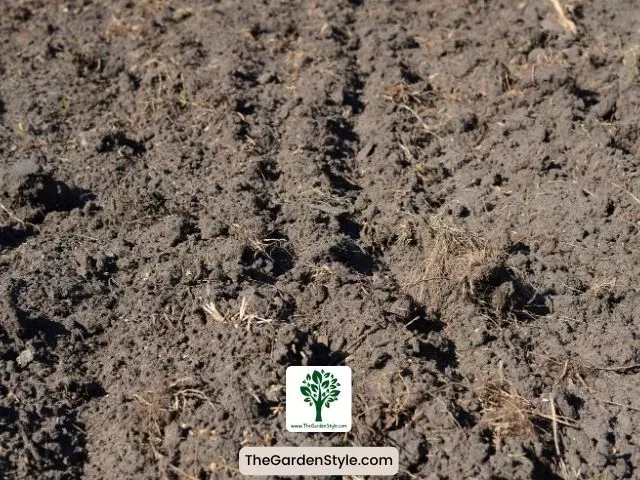
Silt Soil
Silt soil contains particles intermediate in size, larger than clay but smaller than sand. It has a good water-holding capacity and is rich in nutrients, making it ideal for growing a wide range of crops. Silt soil warms up quickly in the spring and drains well, making it easy for roots to grow. This type of soil provides ideal growing conditions for crops such as lettuce, spinach, and cabbage.
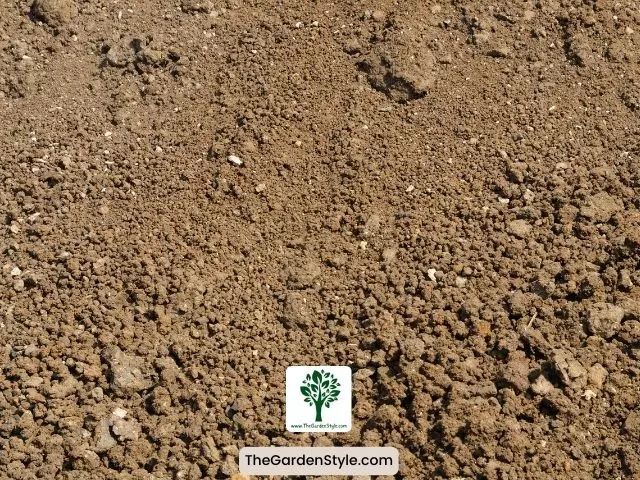
Peat Soil
Peat soil is made up of plant and animal remains that are in the process of breaking down. It has a high water-holding capacity and is rich in nutrients, making it ideal for growing a wide range of crops. However, peat soil poses some challenges due to its acidic nature and demanding physical properties. Some examples of crops that grow well in peat soil include blueberries, cranberries, and potatoes.
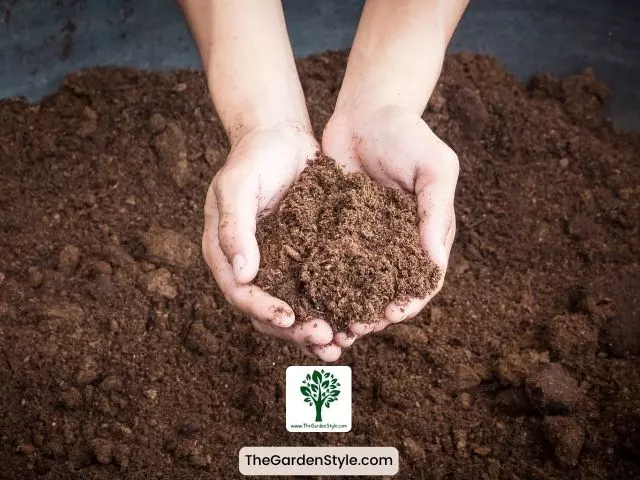
Types of Soil Chart
The following chart summarizes the types of soil and their features.
| Soil Type | Texture | Water-Holding Capacity | Nutrient Content | Ideal Crops |
|---|---|---|---|---|
| Sandy Soil | Large particles | Low | Low | Carrots, radishes, turnips |
| Clay Soil | Small particles | High | High | Corn, beans, peas |
| Loamy Soil | Combination of sand, silt, and clay | Good | High | Tomatoes, peppers, cucumbers |
| Silt Soil | Fine particles | Good | High | Lettuce, spinach, cabbage |
| Peat Soil | Partially decomposed organic matter | High | High | Blueberries, cranberries, potatoes |
Soil pH
I know that soil pH is an important factor to consider when deciding which plants to grow. The pH metric goes from 0-14, with pure neutral at 7. Descending the scale from 7 means an increase in acidity (therefore less alkaline), whereas ascending from 7 means an increase in alkalinity (therefore, less acidic).
Different types of plants thrive in different soil pH levels. For instance, blueberries prefer acidic soil with a pH between 4.5 and 5.5. At the same time, most vegetables grow best in slightly acidic to neutral soil with a pH between 6.0 and 7.0.
It’s important to test the pH of your soil before planting to ensure that you’re providing the best environment for your plants. You can buy a soil pH testing kit at your local garden center or online. Learn more about how to measure soil pH.
Here’s a table summarizing the optimal soil pH levels for some common types of plants:
| Plant Type | Optimal Soil pH Range |
|---|---|
| Blueberries | 4.5 – 5.5 |
| Tomatoes | 6.0 – 7.0 |
| Carrots | 6.0 – 7.0 |
| Peppers | 5.5 – 7.0 |
| Potatoes | 4.5 – 7.0 |
| Lettuce | 6.0 – 7.0 |
| Beans | 6.0 – 7.5 |
| Roses | 6.0 – 6.5 |
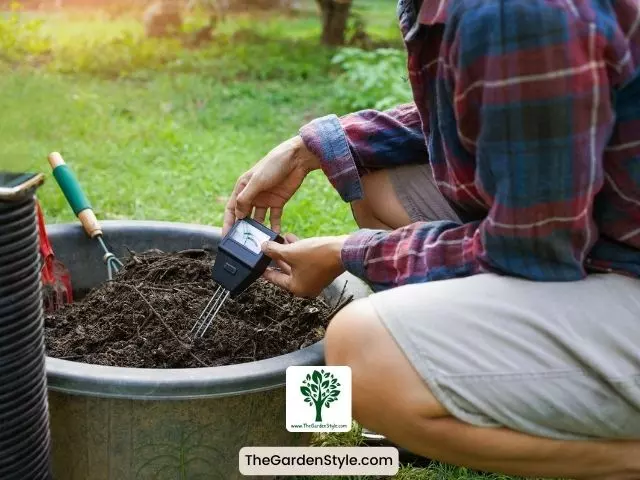
Conclusion
Understanding soil composition enables gardeners to match vegetation with ideal growing conditions. The divergent properties of sandy, clay, loamy, silt, and peat soils lend each to certain crops while challenging others. Additionally, monitoring pH ensures an optimal acidic/alkaline balance for plants’ nutritional intake. Testing and amending one’s unique soil profiles prepares the garden for bountiful harvests.
Although the variety of soils poses challenges, a few simple tests and amendments can transform the most nutrient-poor soil unsuitable for plant growth into a paradise for beginning gardeners and expert master gardeners. This is a key knowledge.
If this post about types of soil for plants was helpful, please share it:
